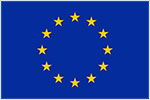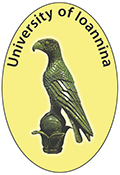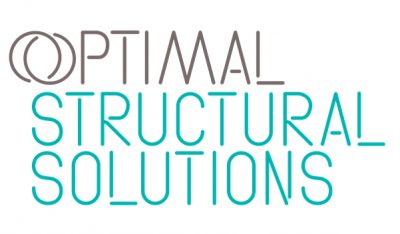About the project
Aerospace industries are obliged, from European Aviation Safety Agency (EASA) and Federal Administration Aviation (FAA), to inspect all aircraft components for possible defects/flaws, before and during their service life using reliable and efficient Non Destructive Testing (NDT) techniques. Aircraft maintenance expenditure usually represents 20% of the overall operating cost and inefficient and ineffective inspection procedures can destroy the ability to plan, schedule and reduce labour productivity by 50% or more. The result of an undetected flaw due to inefficient inspection or improper repair may lead to its catastrophic failure and eventually to life and aircraft loss.
To address this need CompInnova project is focused upon the development of an innovative inspection methodology, with automated and manual capabilities, for any type of composite and metallic aircraft structures. The novel structural integrity approach is comprised by three parts: a qualified Phased Array (PA) and Infrared Thermography (IRT) method attached to a mobile Vortex robot, a Damage Tolerance (DT) structural integrity assessment technique processed on a computer and an innovative repair system.

The CompInnova project has received funding from the European Union’s H2020 Framework Programme under the call FET-OPEN under grant agreement No 665238.
Scientific breakthrough
Consequently, there is a huge industrial and scientific interest for reducing the time and cost for aircraft infrastructure maintenance, providing in parallel as much as possible efficient and reliable damage inspection and proper repair.
For the identified need the CompInnova project proposes:
To develop a revolutionary automated multipurpose and multi-functional Vortex robot that it will carry for the first time ultrasonic Phased Array (PA) and Infrared Thermography (IRT) equipment for inspecting metallic and composite aircraft structures respectively, as well as a novel repairing system for the inspected damaged components. Aim of this achievement is to drastically improve the quality of maintenance procedures and reduce significantly its time and cost. Eventually, such an approach is expected to bring multiple breakthroughs from the aircraft design level to maintenance, repair and certification standards.
The breakthrough that is aimed to be achieved, within CompInnova, can potentially contribute to the development of new technologies, applications, standards, as well as certification procedures. The experience gained from the developed methodology will bring revolution to damage detection of other structural materials, such as concrete etc. Moreover, employing the CompInnova methodology will result in saving cost and time across the entire life cycle of the aircraft by automating part of the maintenance procedure (maintenance, overhaul, repair and retrofit).






